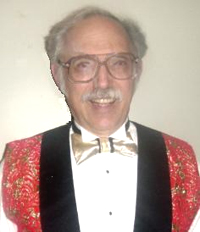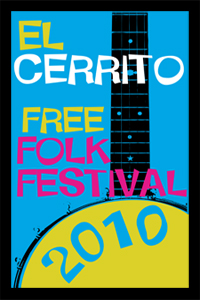
Charles Feltman
|
Charles has been singing barbershop harmony for 30 years. Charles is the Music Director of the SF Cable Car Chapter of the Barbershop Harmony Society (formerly known as SPEBSQSA), tenor of Time Be Four quartet and most recently tenor in The Music Man at Diablo Light Opera in Walnut Creek.
For those unfamiliar with its history, barbershop music developed in the South and Appalachia in the late 19th and early 20th centuries, where the barber shop in every small town was the local gathering place for men to get a shave, haircut, or bath (as many folks there and then had no running water). While waiting for their turn, it was common for folks to entertain themselves by singing. At this time, popular songs written by European composers coming to America were bringing their more classical format of 32-measure melodies moving around the circle of fifths with the tonal center in the middle, which made ear harmonizing easier than it was with earlier popular music like shape note hymns from The Sacred Harp. Ear harmony of this period and location also draws from black musical traditions, whose African close harmonies and embellishments melded with these European melodies to form this new style of music.
Because most every barber shop had a small boy doing cleanup and drawing bath water, it was common for this boy to sing in harmony above the melody. If there was a man with a deep voice, he would usually sing the roots and fifth of chords, and if there was a man with a good musical ear, he would find the missing note in the four-note chords commonly implied by the melodic line, whether or not it was above the melody, and voila, you had "barbershop harmony", with a melody in a middle voice and three harmony parts, one above, one below, and one filling in the missing note wherever it happened to be.
In the early 20th century many vaudeville shows had a barbershop quartet but the advent of radio and the more complex melodies of the 1930s helped push recreational singing into a rapid decline. A few men who remembered the fun they had back then formed the Barbershop Harmony Society (previously known as the SPEBSQSA) in 1938. Ten years later, women decided to join the fun and formed the Sweet Adelines. Both of these organizations have migrated away from a primary focus on maintaining the traditions of the past and towards using this musical style as a vehicle for musical education. Both of these organizations still sing single-sexed for vocal range and historical reasons, but there is a growing movement towards "mixed" quartets as well, and this workshop teaches in the "mixed" range to allow everybody to participate - The ear training and methodology are the same for both sexes, but written arrangements now used for more modern music are voiced differently for each sex to provide for the best vocal qualities of each.
For more information on joining a chorus:
Male voices: www.sfcablecarchorus.org (San Francisco)
Male voices: www.ndchorus.com (Hayward)
Male voices: www.barbershop-harmony.org (Palo Alto)
Female voices: www.sfsoundwave.org (San Francisco)
Female voices: www.missionvalley.org (South Bay)
|

